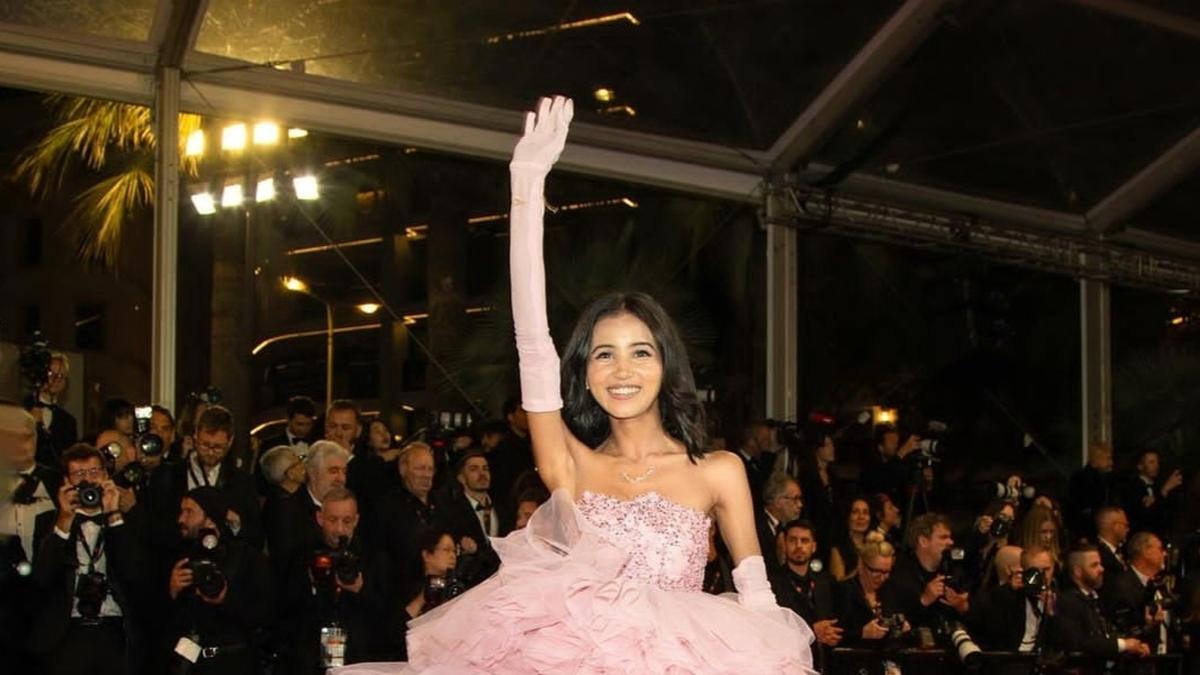
Like many, I was brought up to believe that jewellery was both an item of beauty and an investment. My grandparents had witnessed Partition, and it was jewellery that saved them in many ways, being portable items of worth.
Growing up, I often heard my grandfather, a jeweller, talk about the worth of jewellery based on the value of precious stones, weight of gold and “making” charges. Designs were then largely inspired by jewellery catalogues. Today, things are different. Stones such as tsavorites, tourmalines and tanzanites, once considered semi-precious, are gaining high jewellery status. Fine jewellery is now being seen as wearable art that embodies personal narratives, creativity and individuality—and it’s the design that’s worth more than the precious materials used in the making.
Brijeshwari Kumari Gohil, vice-president of Princeps Auction House and Gallery, a destination for auctions of art, books, and jewellery, agrees. “Earlier, the trusted family jeweller and bridal jewellery were given more emphasis, since jewellery was seen as an investment, an heirloom piece. Now, emphasis is more on wearability, workmanship, design,” she says.
Why? “There is a fear of getting scammed into purchasing a natural stone, which may not perhaps have the quality and rarity it’s marketed for. So, people will lean towards buying a semi-precious stone, where colours are attractive, and design and workmanship shine through.”
The advent of lab-grown gems has made shopping for jewellery a complicated task, especially when it comes to diamonds. From being a girl’s best friend, diamonds have become a friend you are unsure of: Are they mined or lab made?
“The clientele has evolved,” explains Tarang Arora, creative director of Amrapali Jewels, a Jaipur-based jewellery house founded in the 1970s. “They don’t want just a piece of gold, diamond or a piece of coloured stone but something that is more significant, one-of-a-kind and exciting.”
In other words, people are moving away from buying jewellery as an investment piece for special occasions. They are instead looking at it as an everyday piece that shouldn’t be confined to the safety locker. Hence, the increased focus on design and innovation.
Even at a personal level, I notice a change. While recently buying a pair of angel-wing earrings in gold and a pair of tanzanite earrings, I did not ask about the carat of the stones or about the weight of gold—something my grandfather always insisted we do when buying jewellery. I bought the two jewellery pieces solely because of their design, versatility and the way they made me feel.

A pair of earrings by Hanut Singh
(Courtesy Hanut Singh/Instagram)
Another reason for the shift in perception is the variety that brands are offering in the market. Mumbai-based brand Studio Renn was among the participants at the India Art Fair that presented a unique take on fine jewellery, fusing precious stones and metals with materials like acid-treated concrete.

“The lines of art and design were historically always blurred,” says the label’s co-founder, Rohini Jhaveri, who approaches jewellery as a wearable sculpture, rather than ornamentation. The five-year-old brand’s innovative expression, shapes and forms have caught the eyes of jewellery connoisseurs worldwide. They retail at New York’s Bergdorf Goodman and Sotheby’s in Dubai.
“Over the past decade, those lines have gotten blurred again. There has been an interdisciplinary dialogue between artists and designers, evolving mediums and contexts, and increased awareness from collectors and galleries.”
Jhaveri explains that classic and bridal jewellery will continue to be relevant because it serves a specific purpose.
“Contemporary and conceptual jewellery also serves a purpose as a more emotional and personal acquisition,” she says. Studio Renn also works with made-made diamonds, but only on special client requests.
She gives the example of a collector who had a lab-grown diamond made from the ashes of her father—a way for her to immortalize their relationship and to create something that would forever hold her memories.
“She approached us to cut and polish the diamond, as well as design something meaningful from it,” says Jhaveri.
Amrapali, on the other hand, is currently staying away from lab-grown gems. Arora’s prized gems are coloured stones.
“Tourmalines are increasing in value and price, and spinels, my favourite stones, are also on their way up in price and value. Lots of spinels were used in Mughal jewellery, and they were often confused with rubies as they were found in the same area, but later on, they were classified as a different type of stone. I feel spinels are beautiful stones and they are also gaining a lot of momentum in the market,” he says.
Customers’ growing desire for unique designs is encouraging jewellery ateliers to push boundaries, blending traditional craftsmanship with innovative materials and techniques.
This change, however, can make it a confusing time to buy jewellery. So, here is my advice: just as with art art, buy a piece of jewellery if you love it.
Remember, jewellery should not just adorn you but also narrate your style story—one of individuality and creativity. And, like my grandfather used to say, notice how a piece of jewellery feels on the skin.
Dress Sense is a monthly column on the clothes we wear every day.
Sujata Assomull is a journalist, author and mindful fashion advocate.
Source | Powered by Yes Mom Hosting





